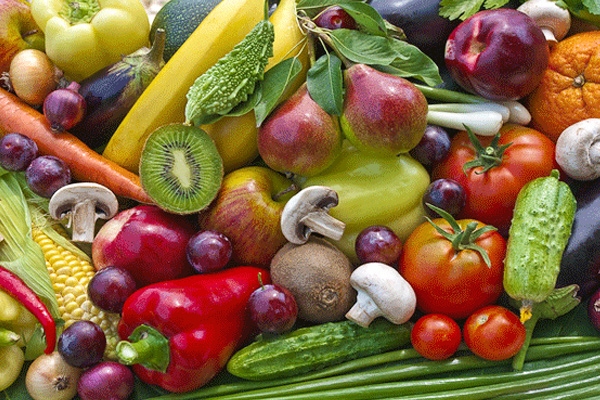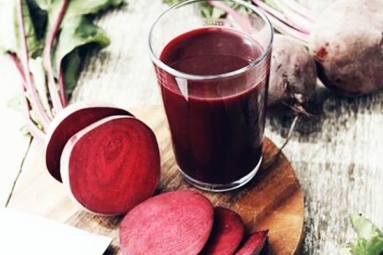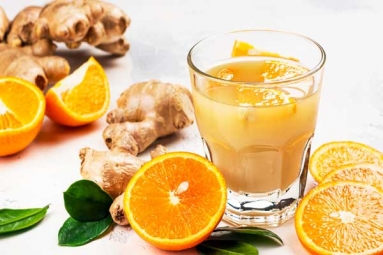
(Image source from: Vegetarian Diet )
Vegetarian Diet :
Adopting a healthy vegetarian diet isn't as simple as scraping meat off your plate and eating what's left. You need to take extra steps to ensure you're meeting your daily nutritional needs.
Vegetarian diet planning
A healthy vegetarian diet consists primarily of plant-based foods, such as fruits, vegetables, whole grains, legumes, nuts and seeds. Because the emphasis is on nonmeat food sources, a vegetarian diet generally contains less fat and cholesterol, and typically includes more fiber.
Vegetarians fall into groups defined by the types of animal-derived foods they eat:
Vegans eat only plant-based foods. They don't eat foods from animals, including meat, poultry, fish, milk, eggs and cheese.
Lacto-vegetarians consume milk and milk products along with plant-based foods. They omit eggs as well as meat, fish and poultry.
Lacto-ovo vegetarians eat eggs, milk and milk products, such as cheese and yogurt, in addition to plant-based foods. They omit red meat, fish and poultry.
Flexitarians (semivegetarians) primarily follow a plant-based diet but occasionally eat small amounts of meat, poultry or fish.
To keep your vegetarian diet on track, you may find using a vegetarian food pyramid helpful. This pyramid outlines various food groups and food choices that, if eaten in the right quantities, form the foundation of a healthy vegetarian diet.
Meat alternatives
Meatless products, such as tofu dogs, soy burgers, nut loaves or texturized vegetable protein, add variety to your vegetarian diet. These products, found in many grocery stores and health food markets, simulate the taste and texture of meat and usually have less fat and fewer calories. Many of the meatless products, such as tofu or tempeh, are made from soybeans.
If you follow a vegan diet, you may need to find alternatives for eggs and dairy products. Try these suggestions when meal planning or cooking :
Milk : Drink fortified soymilk, rice milk or almond milk in place of cow's milk.
Butter : When sauteing, use olive oil, water, vegetable broth, wine or fat-free cooking spray instead of butter. In baked goods, use canola oil.
Cheese : Use soy cheese or nutritional yeast flakes, which are available in health food stores.
Eggs : In baked goods, try commercial egg replacers — a dry product made mostly of potato starch.
Or you can use the following to replace one egg: 1/4 cup whipped tofu or 1 tablespoon milled flaxseed mixed with 3 tablespoons of water. For an egg-free omelet use tofu instead of eggs.
Ensuring adequate nutrition
The more restrictive a diet is, the more difficult it is to get all the nutrients your body needs. A vegan diet, for example, eliminates food sources of vitamin B-12, as well as milk products, which are a good source of calcium. Other nutrients, such as iron and zinc, are available in a meatless diet, but you need to make an extra effort to ensure they're in yours.
No matter what your age or situation, a well-planned vegetarian diet can meet your nutritional needs. Even children and teenagers can do well on a plant-based diet, as can older people, and pregnant or breast-feeding women. If you're unsure whether a vegetarian diet is right for you, talk to your doctor or a registered dietitian.










